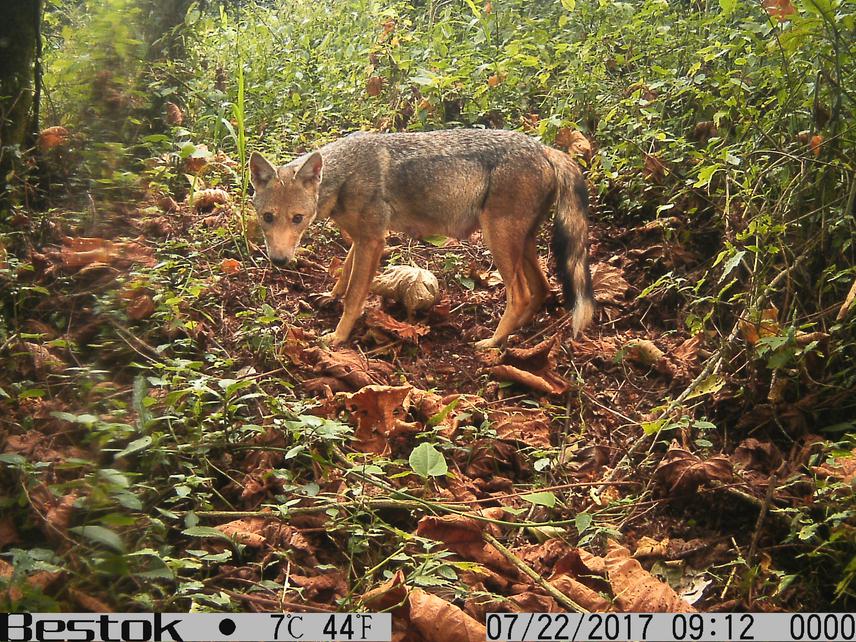Prosper Umuntunundi
My study aims to quantify the abundance of carnivores and ungulates in Gishwati-Mukura NP for the first time using camera trapping technic.

The Gishwati-Mukura NP is located in western Rwanda and is part of the Congo-Nile Divide forest complex on the eastern escarpment of the Albertine Rift Valley. The Albertine Rift region is one of the world’s ‘Biodiversity Hotspots’ and is internationally recognized as an area of global conservation importance. However, it is also one of the most threatened regions worldwide, due to subsistence agriculture, high levels of land and resource use, and high rates of habitat loss and forest degradation. The Gishwati-Mukura NP was established in September 2015 and is thus the youngest National Park in Africa. Together with Volcanoes and Nyungwe NPs it forms a larger landscape of natural habitat, justifying the urgent need to ensure that this unique landscape survives as a long-term entity.
Gishwati and Mukura Forests have witnessed dramatic deforestation over the last century converting natural, montane rain forest into agricultural lands, pasture and settlements. From 1933, when the forested area still amounted 70,000 ha, to 2002 Gishwati and Mukura encountered a 70% reduction of forest area. Such a dramatic loss of forest area goes along with a loss of biodiversity. While population sizes for primates were recently estimated for Gishwati-Mukura NP, no study has yet quantified the persistence and abundance of carnivores and ungulates in the newly protected area. This study will provide information on the persistence of ground dwelling mammals for the first time using camera trapping technic. A standard camera trapping grid will be established to explore wildlife abundance and distribution in four quadrats, situated at different altitudes within the two segments of the protected area. The study will help to understand the impact of forest fragmentation and degradation on mammalian biodiversity and will enable Rwanda Development Board, Rwanda Environment Management Authority and the park administration to successfully manage the newly established National Park. In a medium-term, it is further envisaged to document how mammalian population trends relate to reforestation attempts inside the protected area and how effective conservation efforts have been.